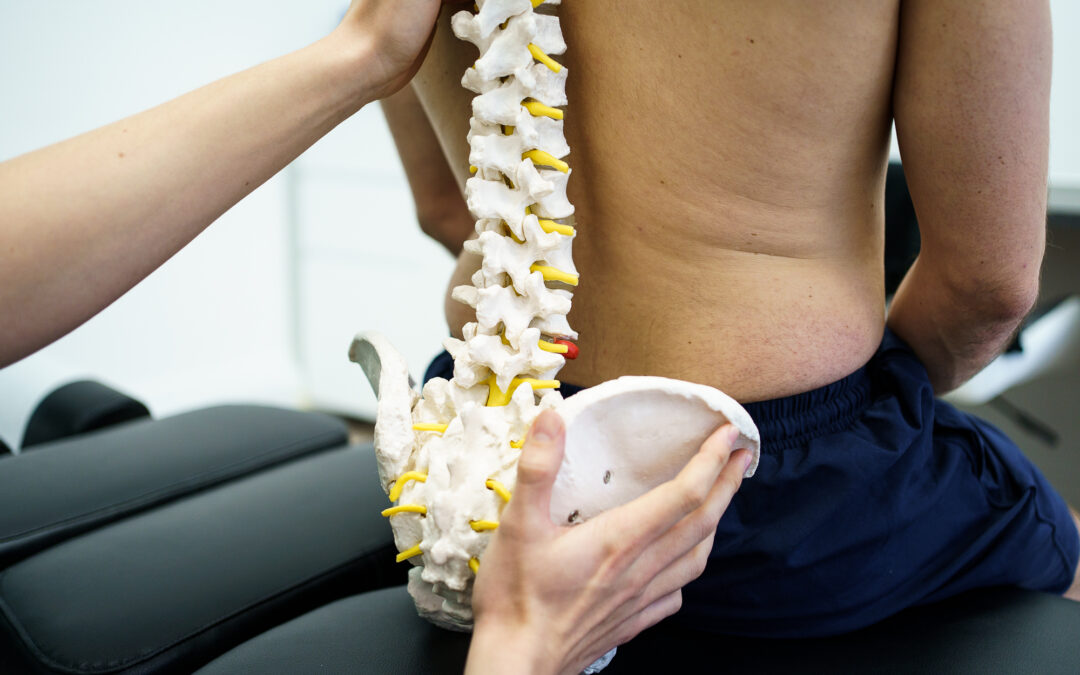Is it easy to get lost in all the information floating around about back pain, which ones are correct and which ones are a myth? Let’s look at our Top 5 Myths about back pain
1. You must sit upright
Not entirely false information, but we are more concerned about the length of time you are seated. Sit for too long, stand for too long, sit upright for too long…all these would eventually most likely lead to some back pain. But here are some guidelines to follow
- Keep the joints such as hips, knees, and ankles at an angle of 90° or slightly higher.
- Keep knee joints at or below the hip joints.
- Keep ankle joints in front of the knees.
- Keep a gap the width of three fingers between the back of the knee joint and the front edge of the seat.
2. Getting older means getting back pain
Staying physically fit through exercise that keep our body strong will keep aches and pains away from an aging body. Most adults attain their peak muscle strength in their mid-twenties and maintain this level of strength relatively well until the sixth decade. There is limited research linking age and back pain, but we do know reduced muscle mass, medication and other medical conditions can have an impact on the general physical health and wellbeing. We do know strength training in older adults can help reduce pain from osteoarthritis, so we could draw some conclusions saying being less active can lead to more pain from joints in the body – this includes the back and spine.
3. If you got back pain you should rest
This is probably the biggest myth, and not a good strategy if you have back pain. In fact, lying down can increase and/or prolong your back pain and long term will cause more issues with muscle weakness and reduced range of movement. Movement as simple as walking can help reduce back pain, likewise gentle stretches and mobility exercises. Disclaimer: always consult with a healthcare professional if you are experiencing acute back pain and get some advice on next steps.
4. Stress does not affect back pain.
Is does. Significantly too! Research suggests that certain life stressors like demanding jobs, lack of sleep and anxiety can increase back pain – and the back pain then leads to more stress. It’s a vicious cycle.
Read more
5. “My back is just weak”
Your back and your spine is incredibly strong, but we understand the confusion when your back pain is brought on from a sneeze.
Back pain doesn’t have just one cause, so it is important to seek out the help of a trained professional who can diagnoses what is causing your back pain. Plenty of people think that they have a weak core and try core strengthening exercises and it just makes their pain worse.
Just as a weak core can cause low back pain, so can a core that is too rigid. When your core becomes too rigid, the muscles are not as free to move and can lead to back pain.
As a summary, there are several reasons why you experience back pain and sometimes they are acute and sometimes they are more chronic. It can come and go, and the level of pain does not always match severity.
A physiotherapist can help diagnose the problem and help you recover as quickly as possible, let’s focus on facts and debunk the myths about back pain.
Got any questions about back pain? Why not get in touch for a free consultation, you can book this here
